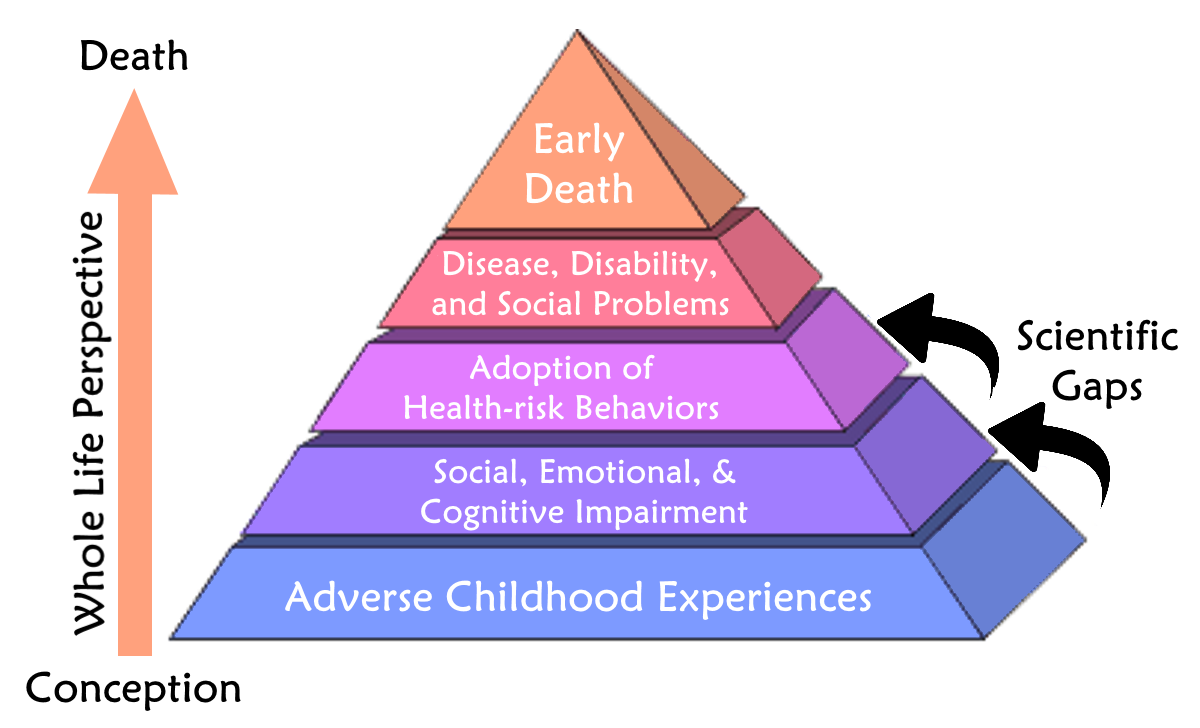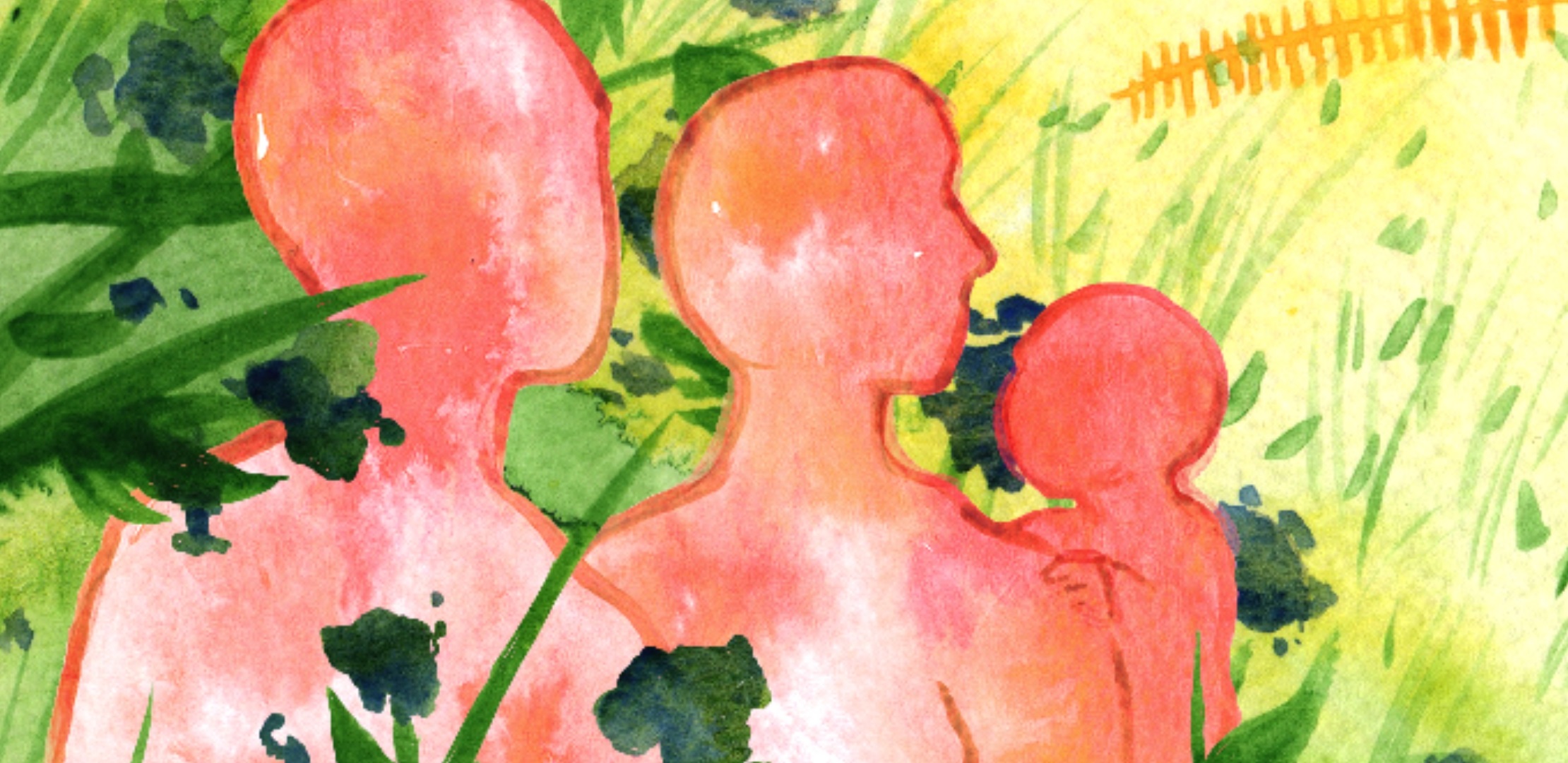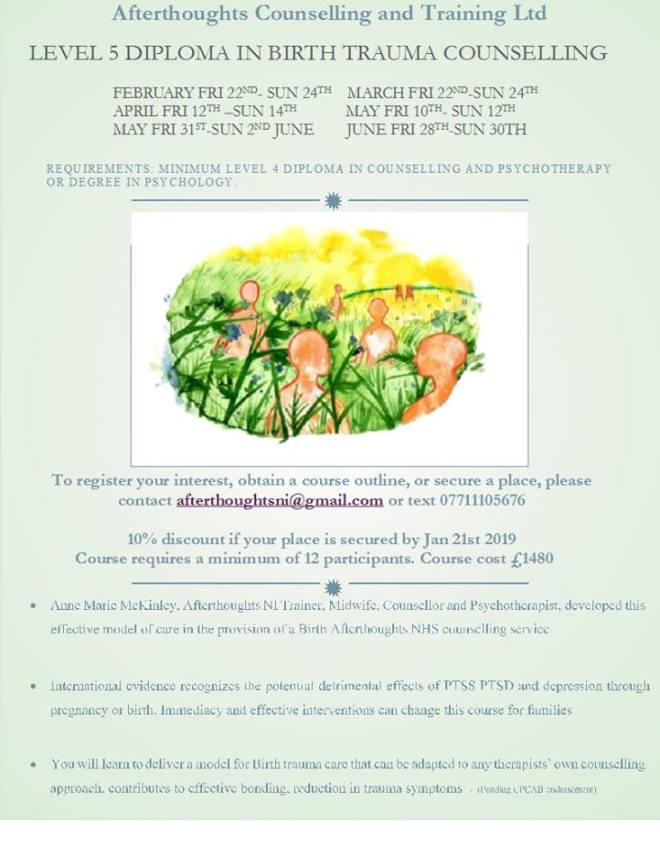Afterthoughts Counselling and Training Ltd ©
Teaching sequence demonstrated on Youtube AfterthoughtsNi
https://www.youtube.com/channel/UCseclWmHyeY8QQLb7Rz4Oeg
I have a slide presentation for this too. if anyone wants it please contact me via facebook. (it has pictures)
Because I have met so many people who have no tools to manage extraordinary symptoms when I meet them first, I offer this sequence to you. It is important to have something to do when anxiety or panic or sadness (among many other post-birth trauma symptoms) come to visit. I recommend this sequence having taught it for many years in one version or another. Those who use it immediately and practice it in advance of needing it, have a very effective technique which reduces symptoms and restores a sense of safety, balance, and control. Things you want to feel in labour and birth, but at any time in life too.
Begin differently for Panic attacks. I use this sequence to help clients restore control when they are having a panic attack. I add a grounding technique at the very beginning.
Grounding is bringing the person back into the room and helping them to orientate in time and space. Fear responses or anxiety can be helped in this way too but are not always necessary.
- Begin with breathing and tapping
- Direct the person to feel their feet on the ground.
- Direct the person to see three things in their environment that are the same colour.
- Ask them to count back from 18 in 3s, and thenstart the ten-second squeeze sequence.
This allows a few minutes for the symptoms to reduce. Eye contact. A smile. Reassurance that they are safe, this will pass soon. ‘This will pass more quickly if you do these things’
The ten-second squeeze
The idea of squeezing all the body muscles in sequence and holding all these muscles tight is to enable the system to reduce the adrenaline rush that initiated this response. It also helps to be doing something and keeping the mind distracted. Complete the squeeze with a shake. I saw this first on Youtube a long time ago. A young man used it to give him courage in the moment and it seemed to work. I’ve used it ever since. I did try but can’t find that now to credit him with this.
- Toes to head, name all the muscle groups. Progressively squeeze, then hold for 10 seconds. Shake it out.
The hormone adrenaline floods into your bloodstream, putting your body on high alert. Your heartbeat quickens, which sends more blood to your muscles. … But the physical effects are real: During a panic attack, the adrenaline levels in the body can spike by 2.5 times or more. https://www.webmd.com/anxiety-panic/panic-attack-happening#1
Then, the 2-minute sequence. This should with practice, have three separate elements.
Tapping
First. Regular tapping. An ordinary pace. Anywhere really as long as the taps take place on both sides of the body. Tapping is used in EFT and EMDR among many other named therapeutic approaches. It is also used naturally when you are restless, tapping toes or drumming fingers. Below (b) in this image is after tapping. (Google images, research.gate). I suggest spending a little time on Google Scholar to see how broadly researched this is. It takes time, generally about 4 minutes for the neurological changes to take place. With a very restless client, I will shorten the sequence to one minute, follow with a 10-second squeeze and then initiate the full 2-minute sequence. It’s about helping a person to feel they are in control. Gain insight too from Jim Donovan’s TED talk on tapping. He goes so far as to say tapping saved his life.
Breathing. A lot of exercises with breathing involve numbers. There is no need to count the breath in or out. In fact, this is unhelpful to this sequence. A short but deep breath in, a long breath out. When breathing out encourage this person to push their breath out in a downward motion. This pushes down on the Vagus nerve. It just makes a logical kind of sense. In an anxiety state a series of events have stimulated adrenal glands and blood flow, carrying an adrenaline stimulation to muscles and organs. Imagining this effect being restricted by that downward push on the breath will help settle the mind too.
Occupy the brain with a simple task. This can be numbers or the alphabet or a nursery rhyme. If I say to a person having a panic attack, that they are safe, everything in their body is saying otherwise. Placing a sequence in their minds, that they have known all their lives, is very settling. This prevents escalation and begins to enable the other 2 processes to work their benefits. These balloons are an example of an exercise that might work. Look at the picture. Remember all the balloons with numbers. See how number one is highlighted in a yellow ring. Move the ring in your mind to number two’s balloon, then 3,4, etc. (or just count), (or say the alphabet). This is not done out loud, which requires some concentration at the beginning.
Closing your eyes is not recommended. In therapy, if your client closes their eyes you have lost them if panic escalates. In fear, there is an attachment orientation and desire to meet the eyes of another for reassurance. Reflecting confidence and being a safe person to another involves eye contact.
10-second squeeze sequence
Start with a 10 second squeeze and shake that out gently
A 2-minute sequence with Tapping, Breathing, and Numbers. Then the 10-second squeeze
A 2-minute sequence with Tapping, Breathing, and Numbers. Finish with a last 10 seconds and relax
Alternative uses, a few examples
- I use it in therapy to teach clients to stop a panic attack themselves
- Use frequently over weeks to re-train anxious neural networks to become less anxious (let me know when you find this works for you)
- Use it after the flight or fight response has been activated in labour
- Use it to relax a stressed system before or while breastfeeding
- When you have had a tiff with your darling
- Use it when you wake with a nightmare or having felt afraid in your sleep
- When sleep is elusive even though you are tired
- Try with a restless baby and let me know if it helps
- Before a presentation, you are nervous about giving
Each part can be used alone. Tapping on its own helps you get to sleep. Breathing to relax at the first sign of a stress response. Numbers sequence to quieten your mind when you are studying. You can do this at work or on a bus.
Choose one element eg tapping under a desk. Take 5 and do the whole sequence in the loo. 2 parts are enough to distract a habitual system.
It won’t work if you don’t use it. Get your system to know these things so well there is immediate recognition and response to starting the sequence.
And lastly. It’s taught by you doing it with your friend/ colleague/ patient/ client! Don’t leave them out there on their own trying to become comfortable with something that doesn’t make any sense to them yet. You doing it too, will make them confident of its value.
Which helps them get it in their system. Which gives you a small opportunity to get the benefits too. Enjoy!




